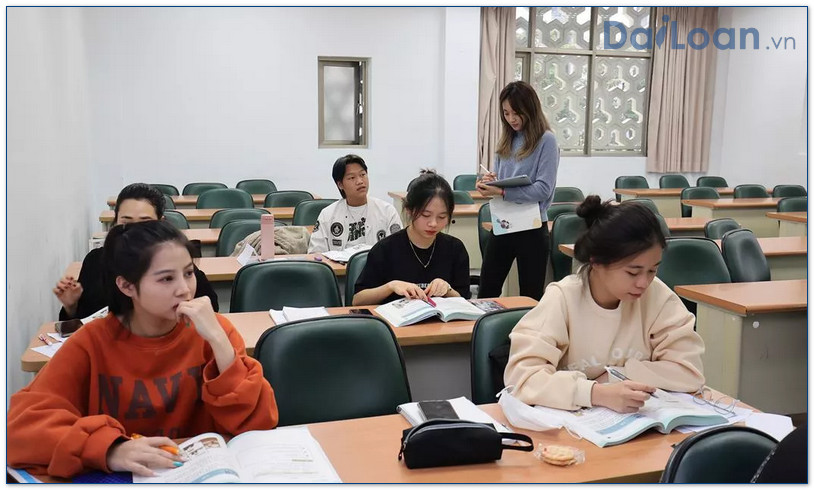What is 誤差 (wù chā)?
The term 誤差 (wù chā) directly translates to “error” or “deviation” in English. It is commonly used in various fields, including mathematics, statistics, and engineering. The concept of 誤差 represents the difference between a calculated or measured value and the true value. Understanding this term is essential for students and professionals engaged in quantitative disciplines.
Grammatical Structure of 誤差
Breaking Down the Term
In Chinese, the term 誤差 is composed of two characters:
- 誤 (wù): This character means “to mislead,” “to mistake,” or “to err.” It emphasizes the idea of a fault or error in judgement or calculation.
- 差 (chā): This character denotes “difference” or “discrepancy.” It describes the quantitative aspect of the error.
Usage in Sentences
In Chinese grammatical terms, 誤差 is a noun and can be used in various sentence structures. Often, it can be the subject of a sentence or an object of a verb. Understanding its grammatical usage allows for clearer communication, especially when discussing results and errors in scientific work.
Example Sentences Using 誤差
Contextual Examples
To illustrate the usage of 誤差 in sentences, here are a few examples:
- 这项实验的误差很小。 (Zhè xiàng shíyàn de wùchā hěn xiǎo.) – “The error in this experiment is very small.”
- 我们需要计算误差的百分比。 (Wǒmen xūyào jìsuàn wùchā de bǎifēnbǐ.) – “We need to calculate the percentage of the error.”
- 由于设备故障,测量结果出现了较大的误差。 (Yóuyú shèbèi gùzhàng, cèliàng jiéguǒ chūxiànle jiào dà de wùchā.) – “Due to equipment failure, the measurement results had a significant error.”
Importance in Different Fields
Understanding 誤差 is particularly important in fields where precision is key. In statistics, for instance, it helps in assessing the reliability of data. In engineering, it aids in ensuring quality control. Familiarity with this term allows professionals to communicate findings effectively and make informed decisions.
Conclusion
In conclusion, 誤差 (wù chā) is a vital term within the Chinese language, particularly in technical fields. Its grammatical structure reveals the nuances of error and deviation, while practical examples showcase its application in real-world scenarios. Mastery of such terms enhances both language proficiency and subject matter expertise.

Sứ mệnh của Chuyên là giúp đỡ và truyền cảm hứng cho các bạn trẻ Việt Nam sang Đài Loan học tập, sinh sống và làm việc. Là cầu nối để lan tỏa giá trị tinh hoa nguồn nhân lực Việt Nam đến với Đài Loan và trên toàn cầu.
CÓ THỂ BẠN QUAN TÂM
Du học Đài Loan
Lao Động Đài Loan
Việc Làm Đài Loan
Đơn Hàng Đài Loan
Visa Đài Loan
Du Lịch Đài Loan
Tiếng Đài Loan
KẾT NỐI VỚI CHUYÊN
Zalo: https://zalo.me/0936126566
Website: www.dailoan.vn




